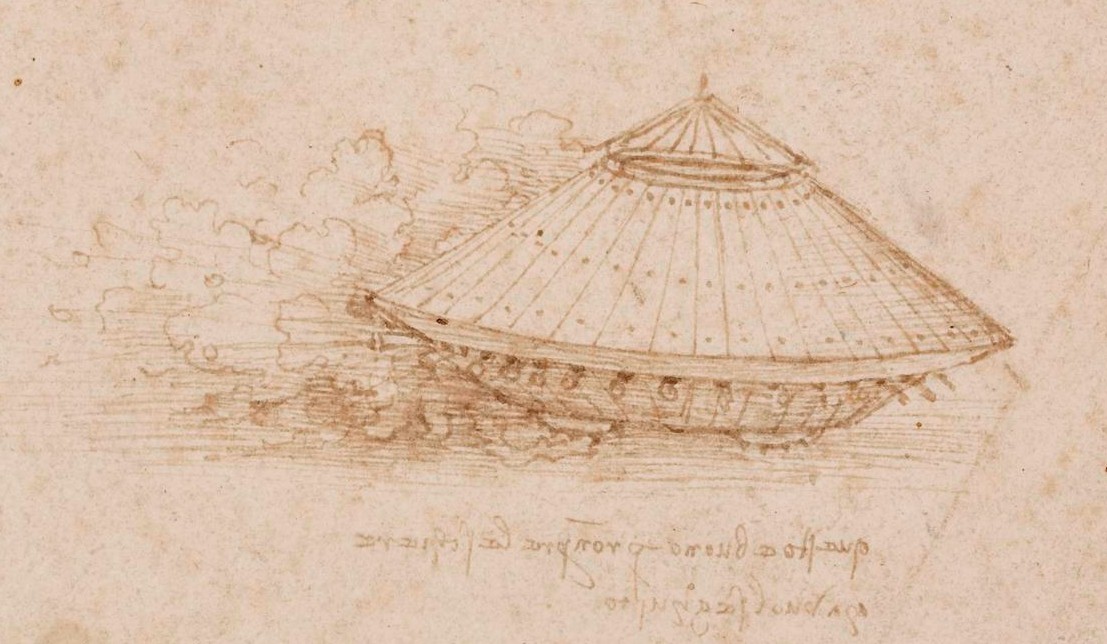Leonardo's fighting vehicle on:
[Wikipedia]
[Google]
[Amazon]
 Leonardo da Vinci's fighting vehicle, also known as Da Vinci's Tank, is one of the conceptions of the revered Italian polymath and artist
Leonardo da Vinci's fighting vehicle, also known as Da Vinci's Tank, is one of the conceptions of the revered Italian polymath and artist
Armored Car
. Da-vinci-inventions.com. Retrieved August 5, 2014.
Leonardo da Vinci's inventions
Studies of military tank-like machines; including one at top with horses pulling a contraption with revolving scythes Pen and brown ink
The British Museum, Item number 1860,0616.99. {{Leonardo da Vinci Leonardo da Vinci projects Military vehicles
Leonardo da Vinci
Leonardo di ser Piero da Vinci (15 April 1452 - 2 May 1519) was an Italian polymath of the High Renaissance who was active as a painter, draughtsman, engineer, scientist, theorist, sculptor, and architect. While his fame initially rested o ...
.Design
from one of Leonardo da Vinci’s letters, addressed toLudovico Sforza
Ludovico Maria Sforza (; 27 July 1452 – 27 May 1508), also known as Ludovico il Moro (; 'the Moor'), and called the "arbiter of Italy" by historian Francesco Guicciardini,
, the Duke of Milan written around 1482, part of da Vinci’s Codex Atlanticus.
I will make protected wagons, reliable and impregnable, which, piercing the enemy's ranks with the fire of their artillery, will destroy him, no matter how great the number of his soldiers. The infantry can follow the tanks without suffering great losses and without encountering any resistance.
Design in depth
The concept was designed while Leonardo da Vinci was under the patronage ofLudovico Sforza
Ludovico Maria Sforza (; 27 July 1452 – 27 May 1508), also known as Ludovico il Moro (; 'the Moor'), and called the "arbiter of Italy" by historian Francesco Guicciardini,
in 1487. Sometimes described as a prototype of modern tank
A tank is an armoured fighting vehicle intended as a primary offensive weapon in front-line ground combat. Tank designs are a balance of heavy firepower, strong armour, and battlefield mobility provided by tracks and a powerful engine; ...
s, Leonardo's armored vehicle represented a conical cover inspired by a turtle's shell. The covering was to be made of wood and reinforced with metal plates. Slanting angles would deflect enemy fire, similar to sloped armour
Sloped armour is armour that is oriented neither Vertical and horizontal, vertically nor horizontally. Such angled armour is typically mounted on tanks and other armoured fighting vehicles (AFVs), as well as Naval ship, naval vessels such as battl ...
today. The machine was powered by two large cranks operated internally by four strong men. The vehicle was equipped with an array of light cannons, placed around the perimeter.The gears of the design were located in a reversed order, making the vehicle unworkable. This is thought by some sources to have been a deliberate mistake by Leonardo as a form of security, in case his design was stolen and used irresponsibly as seen in his other designs where he also used mirror writing
Mirror writing is formed by writing in the direction that is the reverse of the natural way for a given language, such that the result is the mirror image of normal writing: it appears normal when reflected in a mirror. It is sometimes used as ...
, it is almost impossible to fix this problem successfully without taking away power from its forward movement and strength. However in the documentary "Da Vinci's Machines" (2009), a team of engineers and craftsmen undertook the challenge of reconstructing Leonardo da Vinci's design for an armored vehicle, commonly referred to as his tank, the successful operation and movement of the tank by fixing the purposely placed design flaw with the gearing not only validated da Vinci's innovative thinking but also showcased the capabilities of contemporary engineering to reinterpret historical designs, although it would have lacked the battlefield mobility seen in modern tanks that make them so effective today.
Due to the vehicle's impressive size, it would not be capable of moving on rugged terrain. The project could hardly be applied and realized in the 15th century.. Da-vinci-inventions.com. Retrieved August 5, 2014.
See also
* List of works by Leonardo da VinciReferences
External links
Leonardo da Vinci's inventions
Studies of military tank-like machines; including one at top with horses pulling a contraption with revolving scythes Pen and brown ink
The British Museum, Item number 1860,0616.99. {{Leonardo da Vinci Leonardo da Vinci projects Military vehicles